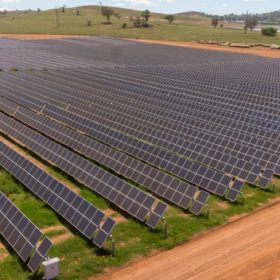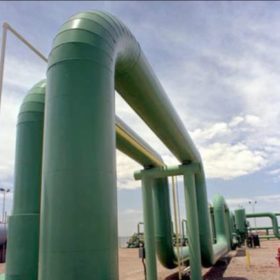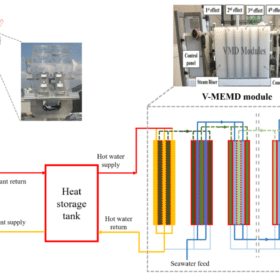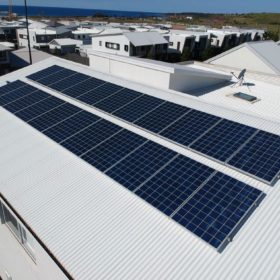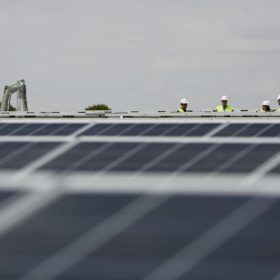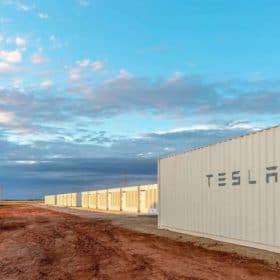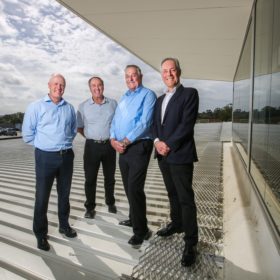Lightsource bp gets approval for 600MW NSW solar energy hub
British-headquartered solar developer Lightsource BP has received approval to develop a 600 MWdc solar PV hub in central western New South Wales which the company said could become the largest renewable energy power hub in the state.
‘Hydrogen as a universal climate solution might be a bit of false promise’
Hydrogen and hydrogen-based fuels will not be able to move forward fast enough to replace fossil fuels and tackle climate change, according to a German-Swiss research team that claims direct electrification alternatives are cheaper and easier to implement. The scientists cite too-high prices, short-term scarcity and long-term uncertainty, as the main reasons for their skepticism, which has caused a stir in academic circles.
Rooftop CPV-thermal tech to produce electricity and freshwater
It’s claimed the decentralised desalination system can deliver a levelised cost for desalinated water of US$0.7-4.3/m3, depending on PV costs and electricity prices. It was built with several concentrated photovoltaic/thermal (CPV-T) collectors, a hot water tank, a V-MEMD module, a seawater feed tank, and a distillate tank.
NSW leads nation with record number of rooftop solar PV installs
New South Wales is leading the rooftop solar PV race with homeowners in the state installing more than 100,000 systems in 2020 according to the CSIRO following a detailed analysis of data released by the Clean Energy Regulator.
Solar Citizens warns controversial ‘sun tax’ shapes as threat to NEM
Solar Citizens has warned the Australian Energy Market Commission’s controversial proposal to make solar PV owners pay to export their surplus production to the grid could send the National Electricity Market into a ‘death spiral’.
Vast Solar progresses plans for $600 million solar thermal plant
Australian renewable energy developer Vast Solar is calling for expressions of interest from contractors as it pushes ahead with plans to develop a $600 million hybrid solar thermal project in far western Queensland.
3.3 GW renewables pipeline provides cover for coal-fired power plant closures
Record investment in solar and wind farms across the National Electricity Market has helped to quell concerns that Victoria and South Australia will face increased risk of blackouts later this decade following the impending closure of the Yallourn coal-fired power plant.
Australian battery storage assets bring French developer’s revenue down
An expected drop-off in the performance of its Australian battery energy storage assets has sparked a $24 million (€15.6 million) downturn in consolidated revenue for French renewables developer Neoen.
Australia’s only solar manufacturer helps students construct solar race car
Tindo Solar, Australia’s only solar panel manufacturer, has teamed up with a group of engineering students from the Australian National University to help them construct a solar race car.
Australia’s notoriously slow C&I segment gains momentum with shopping centre leadership
While suburban Australian rooftops have become coated in solar panels, the roofs of our commercial and industrial buildings have remained conspicuously bare. Our shopping centres, however, seem to be slowly be moving in the direction ordinary Australian’s have paved, with Australia’s largest privately-owned shopping centre yesterday announcing plans for a sizeable microgrid. Likewise, Vicinity, one of the country’s largest shopping centre managers, has managed to increase its sustainability rating largely through its extensive solar program.
